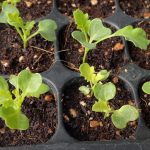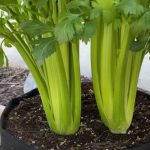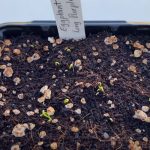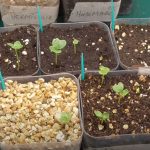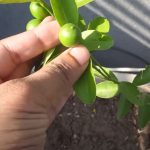Do you want to learn how to grow lemon tree from seeds and wonder whether or not it’s easy the progress? Then, you have come to the right place! A lemon-fruiting tree is very easy to grow and doesn’t require as much upkeep as orange or other dwarf fruit trees. And it adds an amazing citrus scent to your home or garden whenever the season hits!
So, if you are excited to add some white flowers to your garden and watch them grow into shiny golden Eureka or Meyer lemons, read on!
Overview
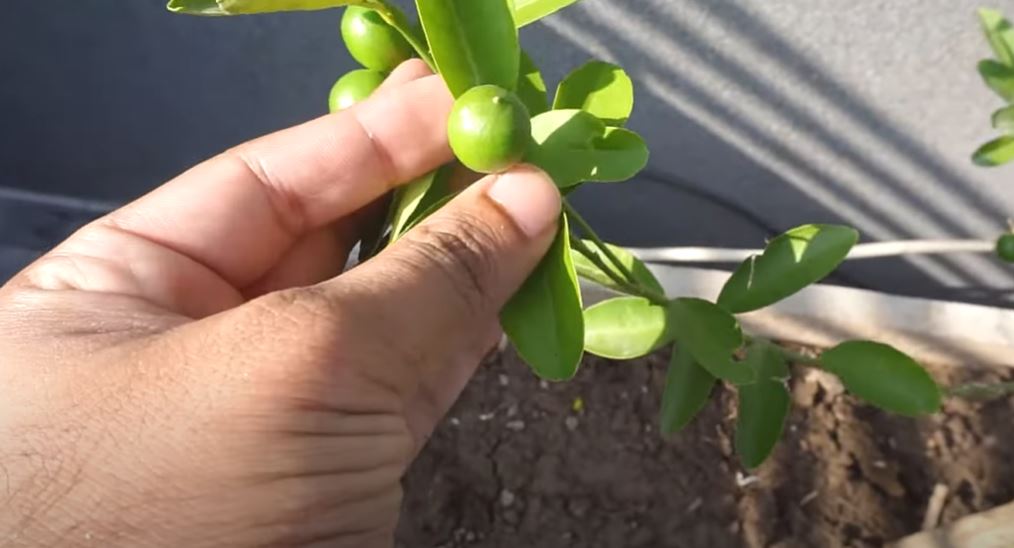
Nutrition: Being from the citrus family, lemons are packed with rich vitamin C, dietary fiber, potassium, and vitamin B6. This yellow and juicy fruit specie has been commonly used in foods and beverages for its distinctively rich sour flavor, and it brings about numerous health benefits for consumers.
The lemon’s compounds with citric acid are good for blood pressure, boost metabolism to support weight loss, improve skin texture, and promote digestion. In addition, the pectin fiber in lemons’ pulp and peel stimulates digestive enzyme production and encourages the expulsion of waste.
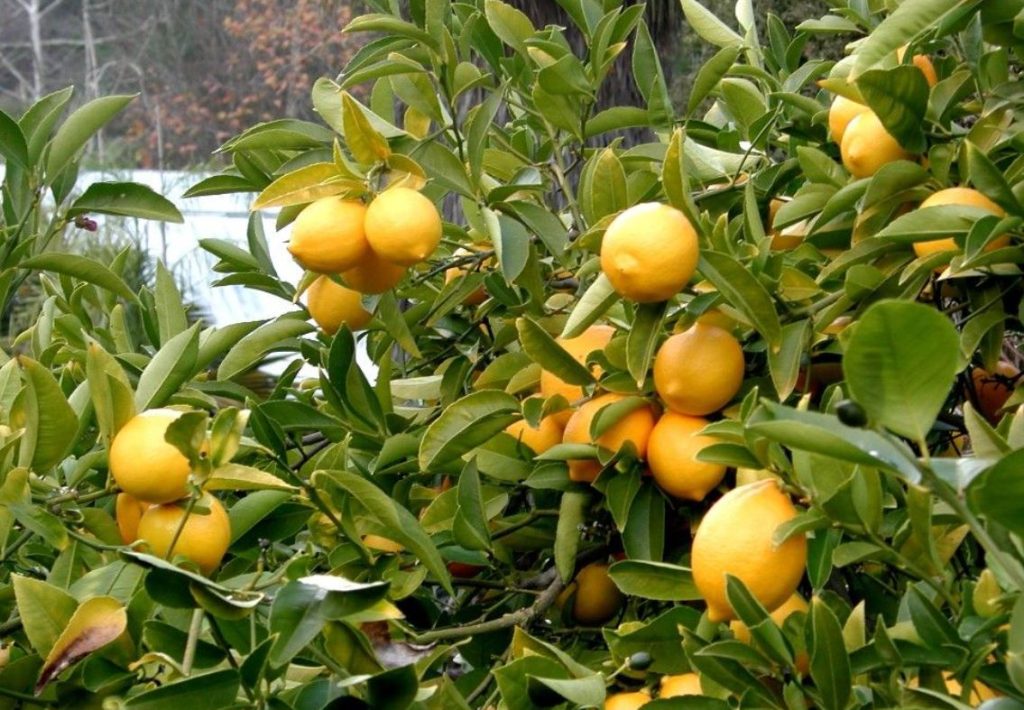
Add some fresh lemon juice to your daily diet every day and make sure to ration it throughout the day. Although studies have shown that 2-3 lemons daily are sufficient and favorable for human body systems, going overboard may cause gastroesophageal reflux symptoms and tooth decay if consumed continuously over a long period.
Height: A lemon tree can reach over 20 feet if grown outdoors freely. If grown indoors in a pot and trimmed, a lemon tree’s height can be contained within 9-15 feet.
Lifespan: 30-50 years
Time to fruit: After 2-5 years post-germination
Preparation For Lemon Seed Growing
Before learning how to grow lemon tree from seeds, you need to do some preparation. Check out all the tools and container requirements for a healthy lemon tree!
Tools
- Paper towel
- A ziplock bag or a bowl with cling film
- Mist sprayer
- Distilled or bottled water if your tap water contains too much chlorine or salt
Seed starting system/Container
Planting a lemon tree doesn’t require a special seed starting system. Instead, you can choose between: Retail pots, nursery pots, root-pruning air-pot containers, or another container with a large and long body for the taproot to develop.
The only thing you need to remember is the container’s size. It’s best to get a container with at least 15-20 gallon capacity if you don’t wish to move the tree from pot to pot. But if you don’t have such big pots in hand, start with an at least 8-inch wide pot/container.
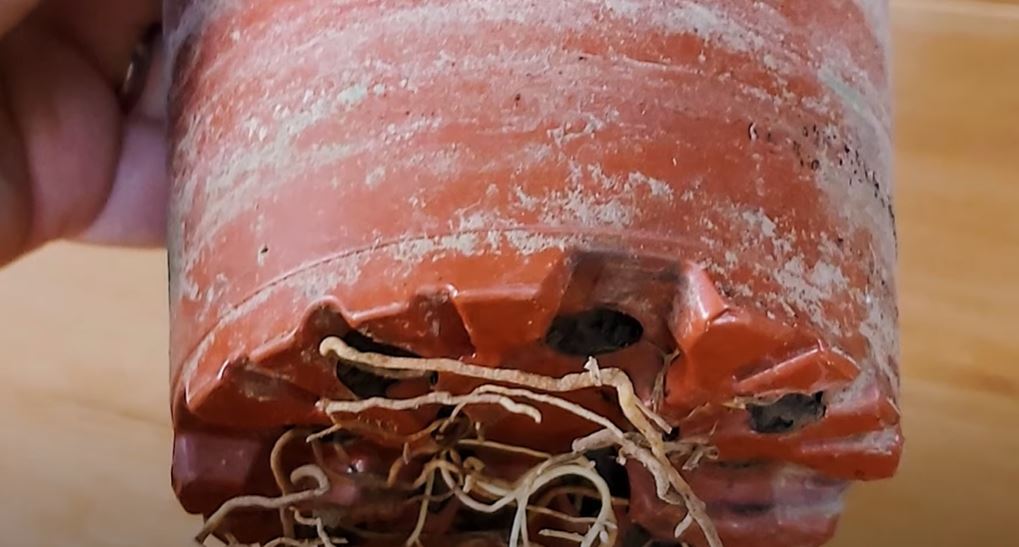
How To Grow Lemon Tree From Seeds
Here is my step-by-step instruction on how to grow lemon from seeds!
Germination
Before germinating the lemon seeds, many tree lovers will use the floating method to determine whether or not the lemon seeds are viable. The method involves dropping freshly harvested lemon seeds in a glass of water to see if they float or sink. If the seeds float, they aren’t fertile, and vice versa.
But this method is flawed due to how diverse the shapes, components, weights, and sizes of the seeds are. For example, tiny chia seeds mostly float but can still sprout as usual. So the floating method isn’t recommended.
6 steps on how to grow lemon tree from seeds:
Step 1: Choose a fresh lemon and cut it in halves. Don’t buy dry lemon seeds since it lowers the chance of germination. Remove the seeds from the pulps carefully. Make sure that you keep only unharmed seeds. Those sliced or damaged when you cut the lemon won’t germinate. You will need about 4-5 seeds to ensure a high viable rate.
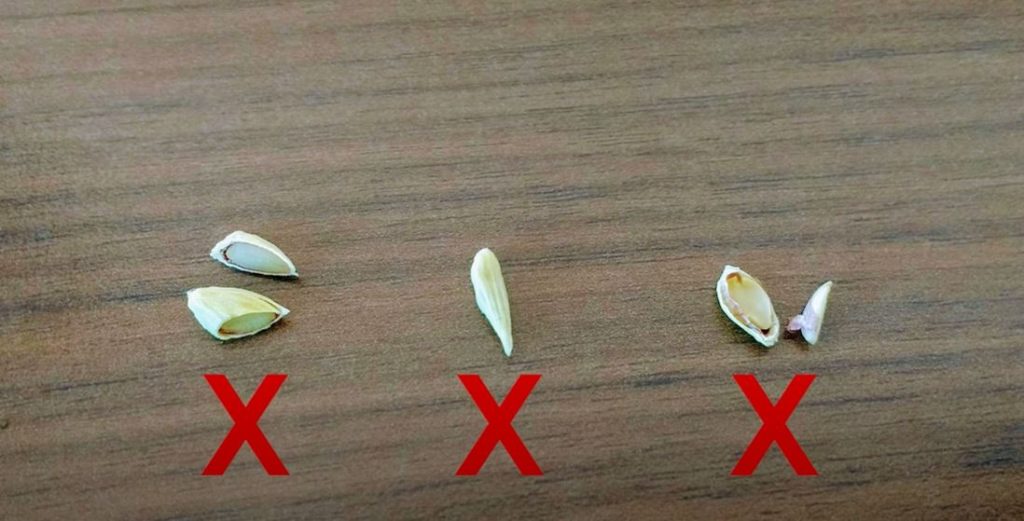
Step 2: Wash with water and use a dry paper towel to clean the seeds and strip the slimy layer off the coat. This layer is called mucilage which contains hemicelluloses, a type of compound that includes glucose and D-pentose sugars. Keeping the mucilage will promote seed rotting due to the sugar content.
Step 3: Remove the outer coat of the seeds for them to germinate easily. Having to break the coat on their own will slow down the process. Be careful not to poke or break the food store or the embryo. You can try using a sanitized nail clipper or any other tool you find fit to remove the outer layer. Make sure that you keep the seeds moist in the meantime. You can sprinkle them with water or drop them in a glass of water.
Step 4: Place a dry paper towel over a flat surface and strategically place the naked seeds on it. Don’t lump them together to avoid root-tangle when they decide to germinate. Use the mist sprayer and spray a good amount of water over the entire paper towel and the seeds until damp but not drowned. Then, fold the paper towel to cover the seeds while ensuring they are all covered in damp paper.
Step 5: Now, you can choose using a ziplock bag or bowl and cling film method. Simply place the paper towel inside the ziplock bag and seal it to lock in moisture, or place the paper towel with the seeds inside the bowl and tightly wrap it with the cling film for the same purpose.
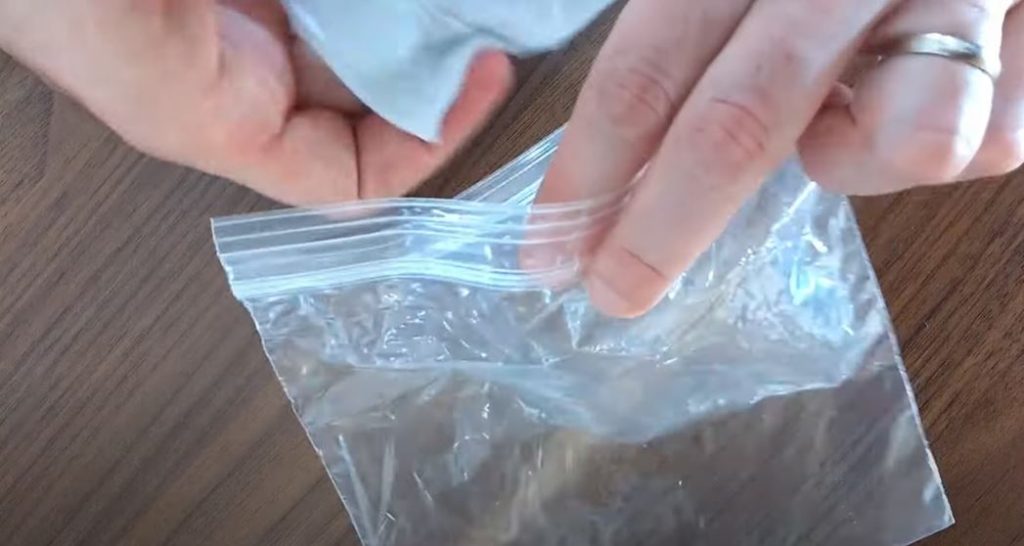
Step 6: Lemon seeds need consistent temperature and moisture to germinate. Place the bag/bowl near the window where it can enjoy the sunlight. Spray the paper towel whenever needed. Just make sure that it’s damped instead of too wet or too dry.
After about 2-3 weeks, the seeds should form a root already. If any of them don’t show any sign of germinating, it means the seed isn’t viable, and you can throw it away. After that, you can start transporting the seeds into their new home, aka a pot with soil, and prepare for the seedling.
Seedling
Since lemons are perennials and can grow to a whopping 15 feet indoors, each pot with drainage holes can only lodge one seed. Furthermore, soil quality should be taken into account. It’s best to pick well-drained soil so water can distribute quicker and more evenly instead of pooling above the surface and failing to sip deeper.
Apply fertilizers rich in potassium (K) and nitrogen (N), each with a ratio not higher than 8, into the soil. Then, wet the soil lighter to fully activate the fertilizer. When the seeds have grown roots, transport each into a single pot placing the seed ½ inch deep under the ground.
After that, it only takes a couple of days (around 2-3) for the sprouts to appear. Remember that during active growth, it’s necessary to water daily.
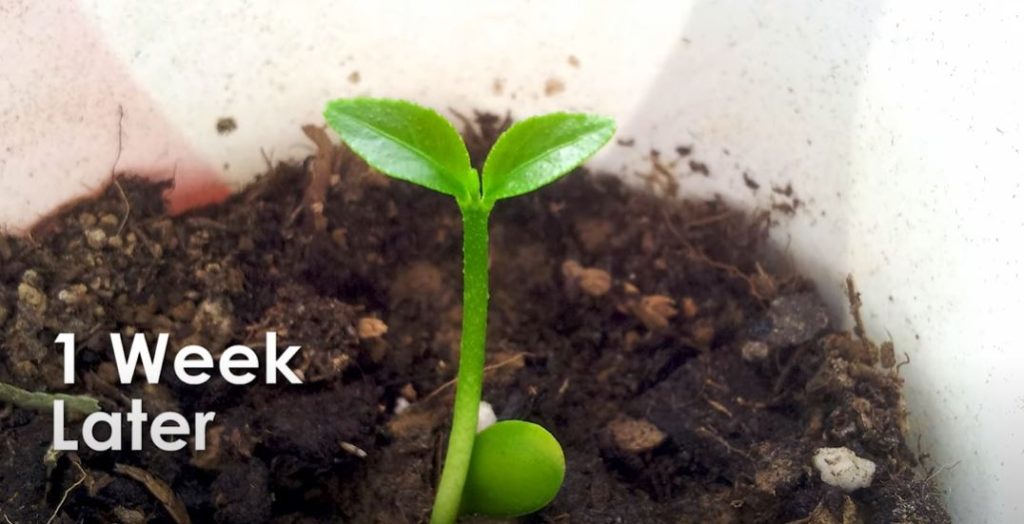
Adult plant
Your young lemon tree only needs fertilizer every 4-6 weeks. After that, when the growth already becomes stale, and the tree reaches the adult stage, fertilization should happen only 3-4 times a year.
Ideal Natural Condition For Growing Lemon Seeds
What are the required natural conditions for a young lemon sprout to thrive on? Make sure the 4 horsemen of healthy greenery: light source, temperature, watering, and oxygen are correct.
Light
Lemon seedlings and adult trees don’t absolutely need direct sunlight to grow, but it’s still a favorable condition for this citrus specie. If you keep it indoors, place the pot next to or in a natural light source for approximately 8 hours each day if you are growing Meyer lemon and 10 hours daily if you are growing Eureka lemon.
Can lemon trees grow in the shade? They can still maintain themselves in a survival state, but no sunlight isn’t a good light condition for them. This will impede growth, which is unfavorable either in the seedling or adult stage. Planters will notice slower leaf development, and the tree will struggle to bear fruit even with enough fertilizer and watering.
Temperature
Typical lemon trees thrive best at 50-80°F (10-26.7°C), which is typical on cool days. However, with Eureka lemon, they prefer 77–86°F. And for Meyer lemons, a 50-80°F temperature will promote growth the best.
Higher or lower temperatures aren’t ideal for fruiting, even though the trees can still withstand it. When the temperature drops below 30°F, take your plant inside for it to warm up. In case the temperature rises in hotter months, Eureka and Meyer lemons can withstand up to 100°F.
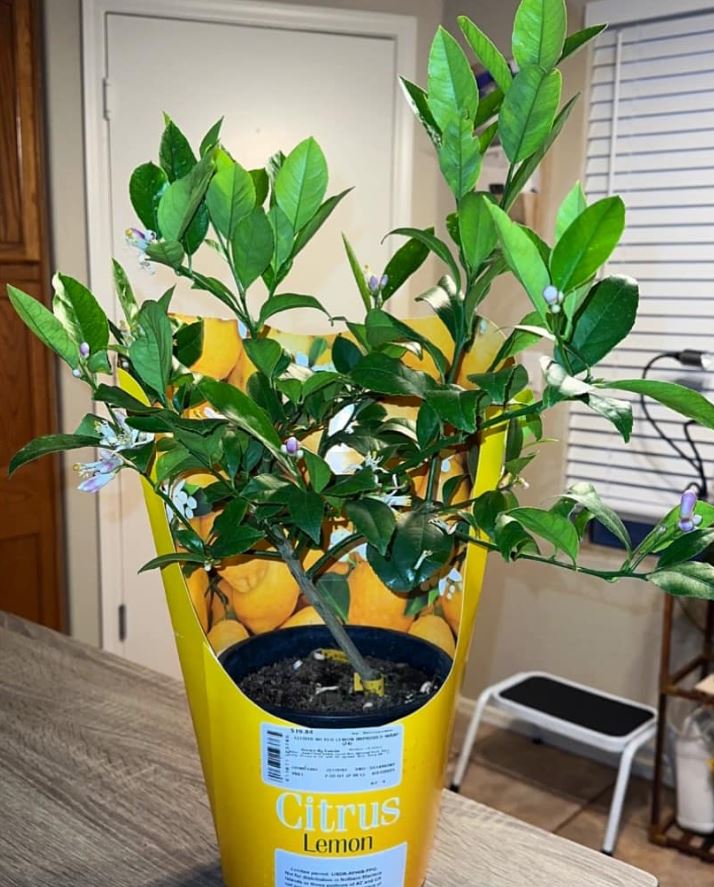
In such high temperatures, you can move the pot inside, and frequent watering is inevitable. However, in case the plant grows outdoors, watering daily is necessary, and it’s possible to provide temporary shade using fabric or any system you can come up with.
Humidity/ water
Watering happens once a week if grown in open ground and once every 4-5 days if grown in a pot. Of course, the periods vary a lot depending on the weather. But in general, lemon trees are quite easy-going regarding water level. Nevertheless, I still recommend watering whenever the top 2 inches of the soil is dry. And it’s best to maintain soil humidity at 50%.
Oxygen
Removing the seed coat and burying it only ½ inch under well-drained loam soil is the way to provide sufficient oxygen for the germination process.
3 Common Mistakes When Growing Lemon From Seed
There are 3 common mistakes that planters commit when trying to germinate lemon seeds or taking care of a lemon tree. Read on to ensure that you don’t experience the same problems!
You don’t check if the seeds are viable
Many suggest that planters directly apply lemon seeds with the full coat onto the soil due to how easy it is to grow this fruit tree. For me, that’s a big no! Planting a dud seed will take people at least 7 days to realize their mistake. So, to save time and avoid frustration, I heavily suggest checking seeds’ viability via germination. There is no more efficient way!
The soil’s pH isn’t right
The best pH level for sour and golden lemons is from 5.5-6.5pH. If the level is too low, stunted growth and withered leaves are to be expected due to the lack of iron, calcium, and zinc. On the contrary, a too-high pH level will also cause trouble to the growth’s velocity due to the aluminum and manganese’s increased potency, triggering a weakened capability in absorbing nutrients.
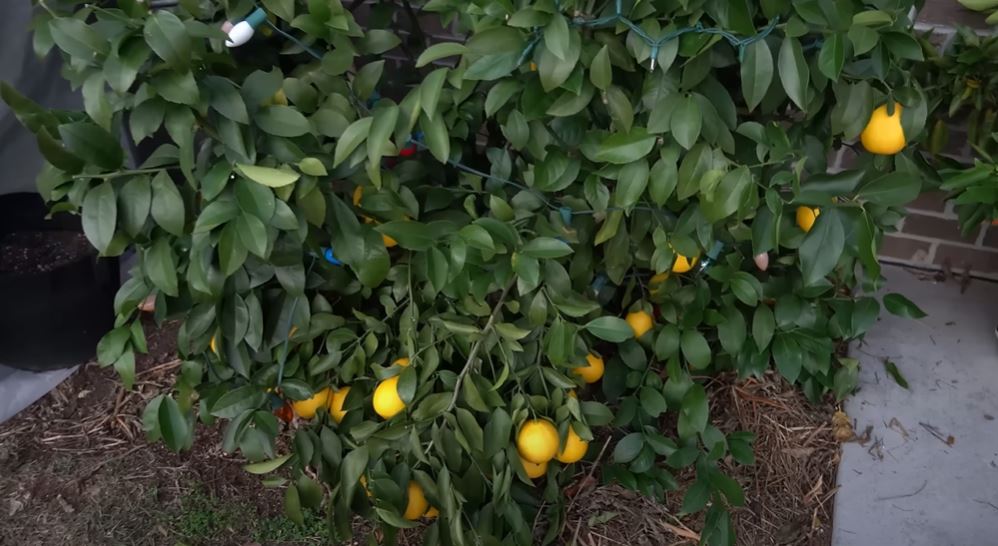
You choose dry lemon seeds
Dry lemon seeds are incapable of germinating, and in case they can, planters have to go over a hectic rehydrating program for them to be viable again. So the best option is to pick seeds from fresh lemon, commercial, or home-grown.
How To Plant Lemon From Seed: FAQs
Do limes turn into lemons?
No, limes and lemons are two different species, but people may confuse them together if a lime is left to ripen until it turns yellow. But even then, there are still visually noticeable differences to distinguish them: lemons are more elongated than limes, and their golden peel is very vibrant. When a lime ripens, the skin still doesn’t have an even yellow color. There are green patches here and there, and the yellow tone is duller than that of a lemon.
What are the benefits of lemon seeds?
Even though lemon seeds don’t taste great, they have many health benefits, like relieving pain, maintaining skin health, improving skin elasticity, and avoiding chronic diseases. There are different ways to process lemon seeds for consumption, but the most common method is peeling the seed coat, drying the food store, grinding it into a paste, and adding it to foods or drinks.
How long does a lemon tree take to grow?
There are many phases, but a seed usually takes 1-2 weeks to germinate and form a root. Then, it takes 2-3 weeks for sprouts to appear and another 3 weeks-2 months for bigger leaves to grow. For a lemon to start flowering, it takes 1-2 years. Overall, a lemon tree needs around 3-5 years to produce its first fruits.
